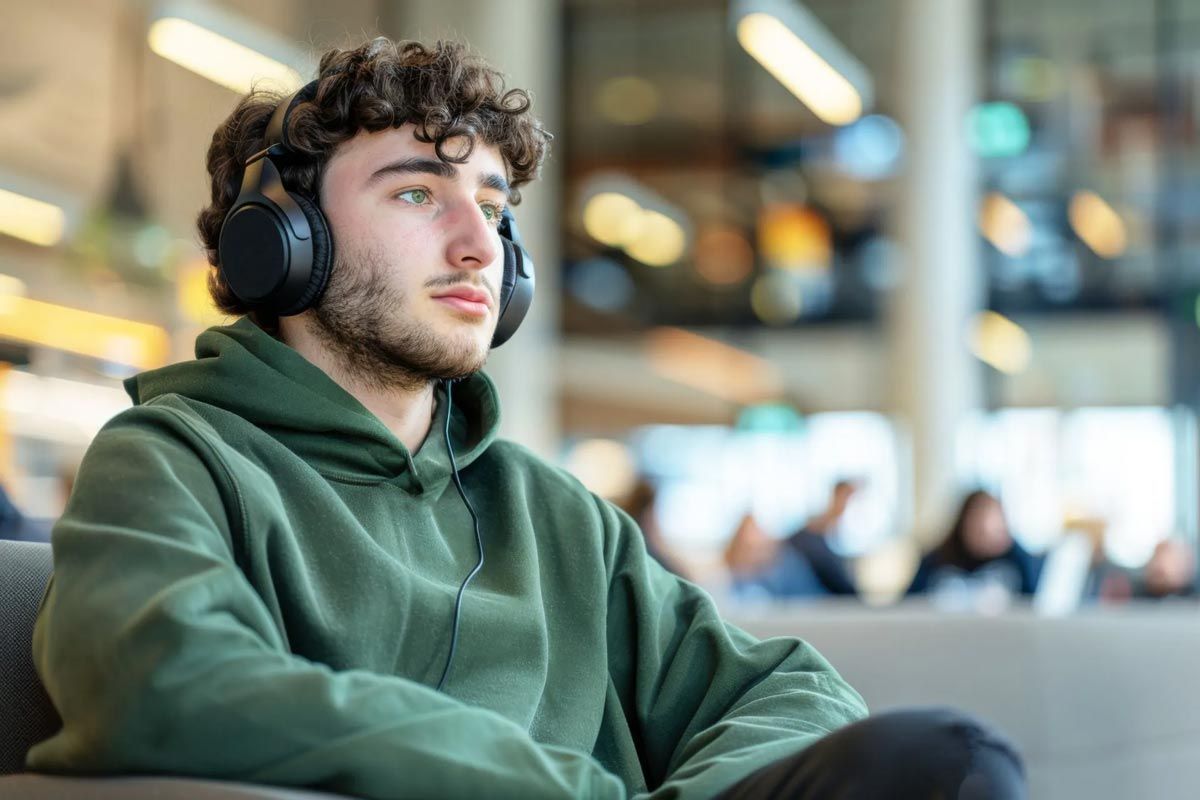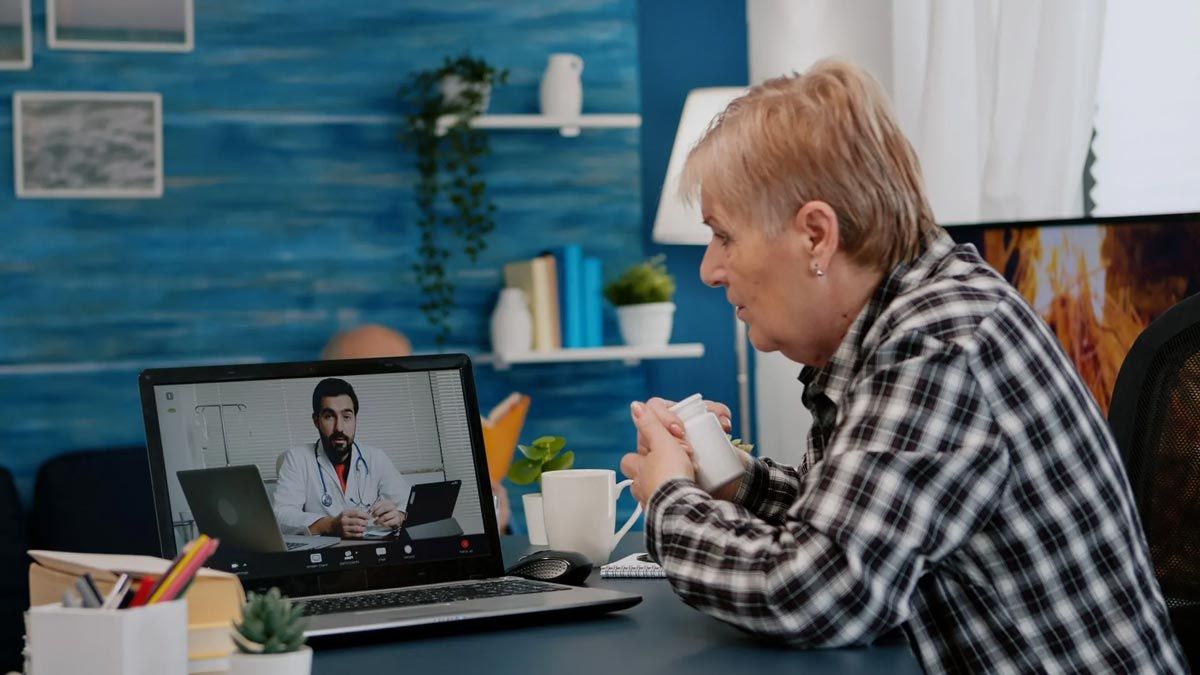Youth and Screen Time: A Balanced Approach to Digital Health
In today’s digital age, screens are everywhere—from smartphones and tablets to laptops and smart TVs. For children and teens, digital devices have become an essential part of daily life, serving as tools for communication, education, and entertainment. With this ubiquity, concerns around screen time and its effects on youth mental health have grown. While technology offers invaluable opportunities, achieving a healthy balance is crucial for fostering positive development and well-being.
Understanding Digital Fatigue in Young People
Digital fatigue, sometimes referred to as "screen fatigue" or "digital eye strain," describes the mental and physical exhaustion that can result from excessive or prolonged exposure to screens. Symptoms can include headaches, eye discomfort, difficulty concentrating, and disrupted sleep patterns. Recent studies have found that children and adolescents are particularly susceptible to these symptoms, especially as their academic, social, and recreational lives increasingly revolve around digital devices. According to the American Academy of Pediatrics, children ages 8-12 in the U.S. spend an average of 4-6 hours a day watching or using screens, while teens can spend up to 9 hours each day on digital media.
The rise in digital fatigue is not just a matter of physical symptoms. Mental health professionals have observed increased reports of anxiety, irritability, and difficulty managing emotions among young people with high screen time. It is important to recognize these signs early and take proactive steps to manage exposure in a way that supports both physical and emotional health.
The Impact of Screen Time on Mental Health
Research exploring the relationship between screen time and youth mental health reveals a complex picture. Moderate use of digital devices—especially for educational purposes—can foster learning, social connection, and creativity. However, excessive or unstructured screen time has been associated with higher risks of anxiety, depression, and sleep disturbances.
For example, adolescents who spent more than seven hours per day on screens were more likely to experience symptoms of depression and anxiety than those who spent less than one hour per day. Additionally, social media use can create pressures around appearance, popularity, and achievement, sometimes leading to issues with self-esteem and increased stress.
It’s important to note, however, that not all screen time is created equal. Passive consumption (like scrolling through social media) has been more strongly linked to negative mental health outcomes than active engagement (such as using educational apps or video chatting with friends and family). Understanding these nuances can help families make informed choices about how digital devices are used.
Setting Healthy Screen Time Boundaries
Establishing clear and consistent boundaries around screen time is essential for supporting youth mental health. Rather than imposing strict bans, experts recommend involving children and teens in setting guidelines that reflect their needs and daily routines. This collaborative approach fosters autonomy and helps young people develop self-regulation skills.
Here are some strategies to set screen time boundaries:
- Designate media-free times and spaces, such as during meals or in bedrooms.
- Encourage regular breaks from screens to reduce eye strain and improve focus.
- Prioritize face-to-face interactions and outdoor activities.
- Use parental controls and screen time tracking features to monitor usage.
By modeling healthy digital habits and maintaining open communication, families can ensure that technology enriches rather than detracts from daily life. It’s also valuable to discuss the reasons behind screen time limits, emphasizing the importance of sleep, physical activity, and connection with others.
Harnessing Technology for Learning and Growth
While concerns about screen time are valid, it’s equally important to recognize the positive potential of technology. Digital devices can be powerful tools for learning, creativity, and personal development. Educational apps, interactive games, and online courses offer opportunities for youth to explore new interests, build skills, and connect with peers who share their passions.
For example, platforms like Khan Academy and National Geographic Kids provide engaging, age-appropriate content that supports academic achievement and curiosity. Video chats and messaging apps can help maintain social bonds, particularly for children who may feel isolated or anxious about in-person interactions.
Parents and guardians can support healthy digital engagement by curating high-quality content, encouraging creative projects, and celebrating the positive ways technology enhances learning and connection. The goal is not to eliminate screens but to ensure that their use aligns with each child’s developmental needs and family values.
Building a Balanced Digital Future
As technology continues to evolve, so too must our strategies for supporting youth mental health. By understanding the signs of digital fatigue, setting thoughtful screen time boundaries, and harnessing the benefits of digital tools, families can create a balanced approach that prioritizes well-being and growth.
At Vital Psych MD, we are committed to helping families navigate the digital landscape with confidence and care. If you have concerns about your child’s screen time or mental health, our team of professionals is here to provide guidance and support tailored to your family’s unique needs. Learn more about our services and resources for children, teens, and parents on our blog or contact us directly for personalized recommendations.
Fostering a healthy relationship with technology is a journey, not a destination. With mindful strategies and open communication, it is possible to embrace the benefits of the digital world while safeguarding the mental and emotional health of the next generation.











